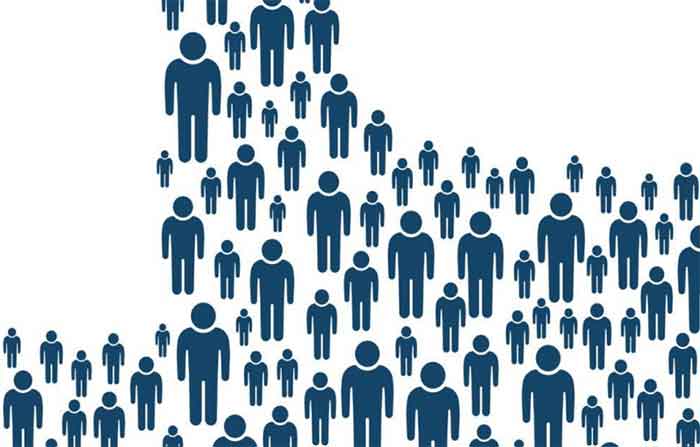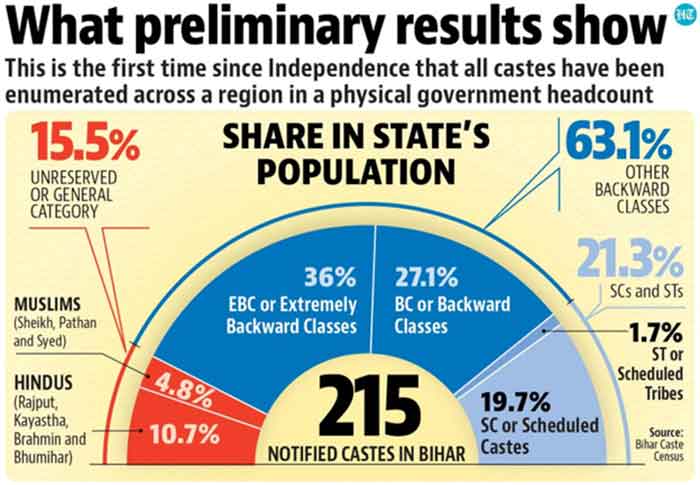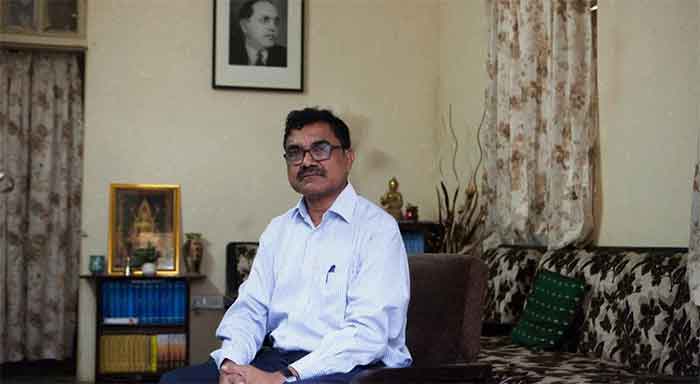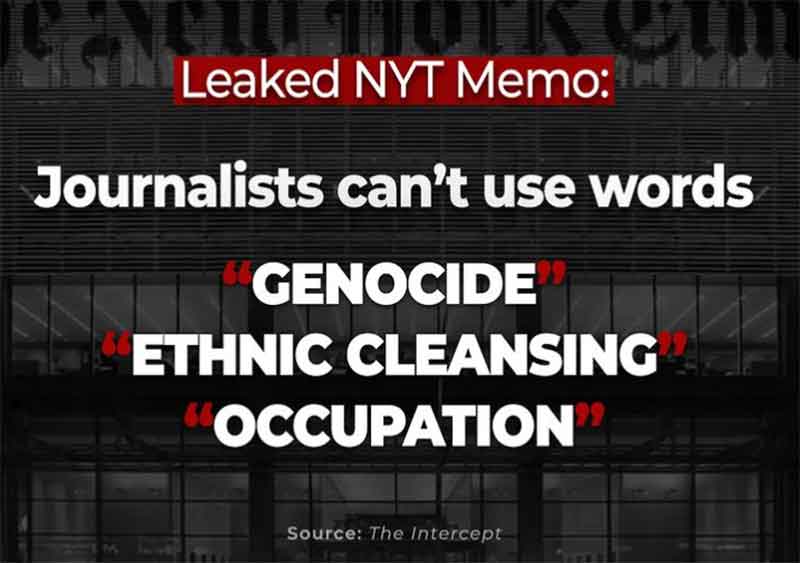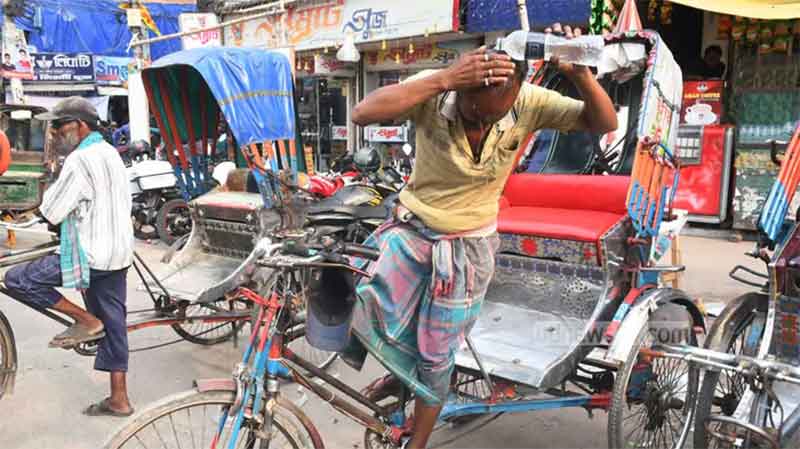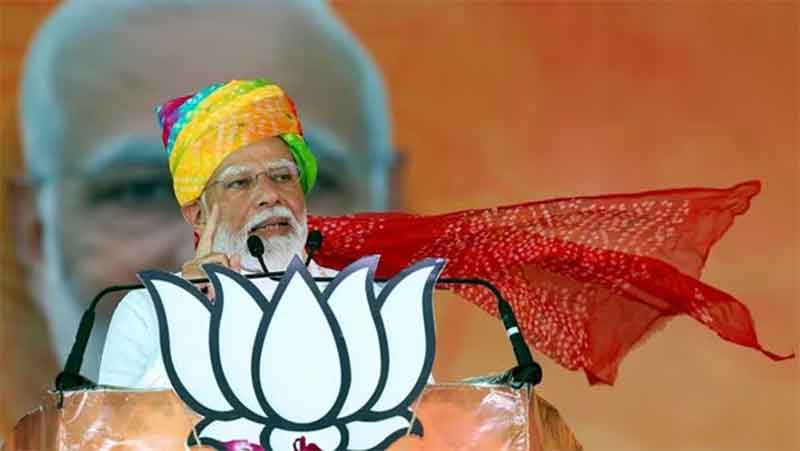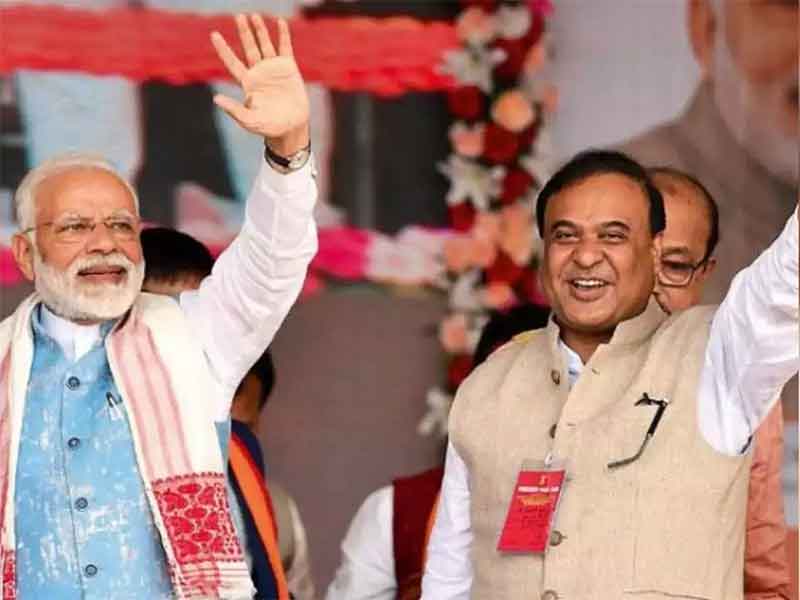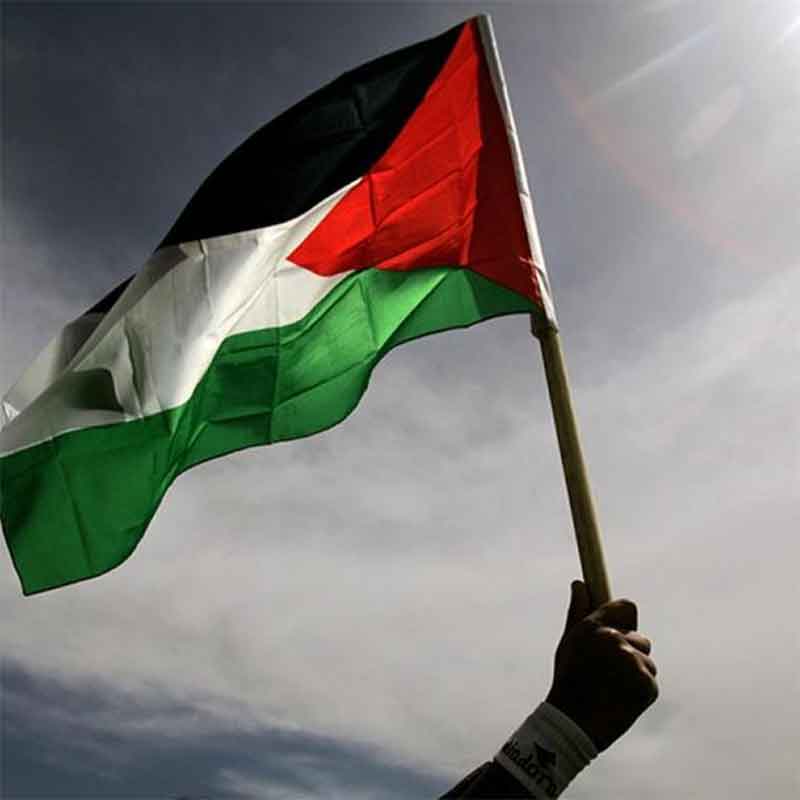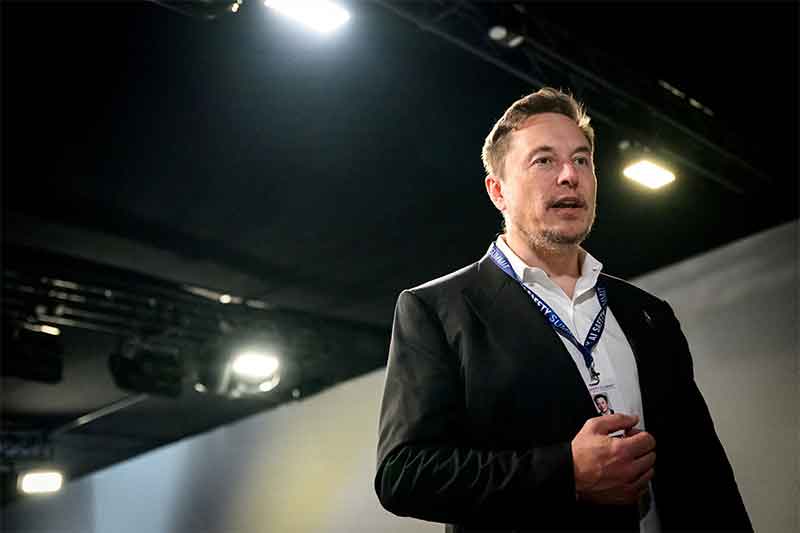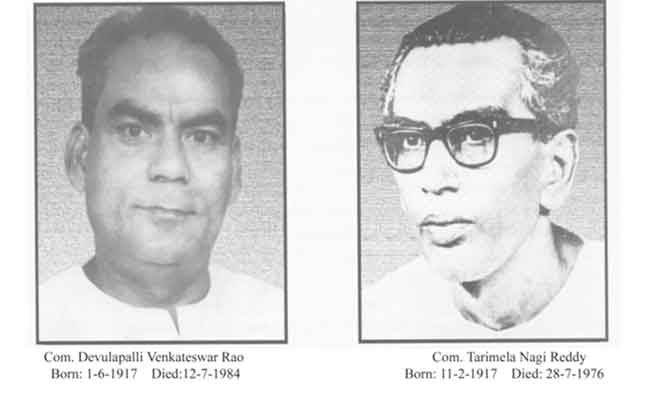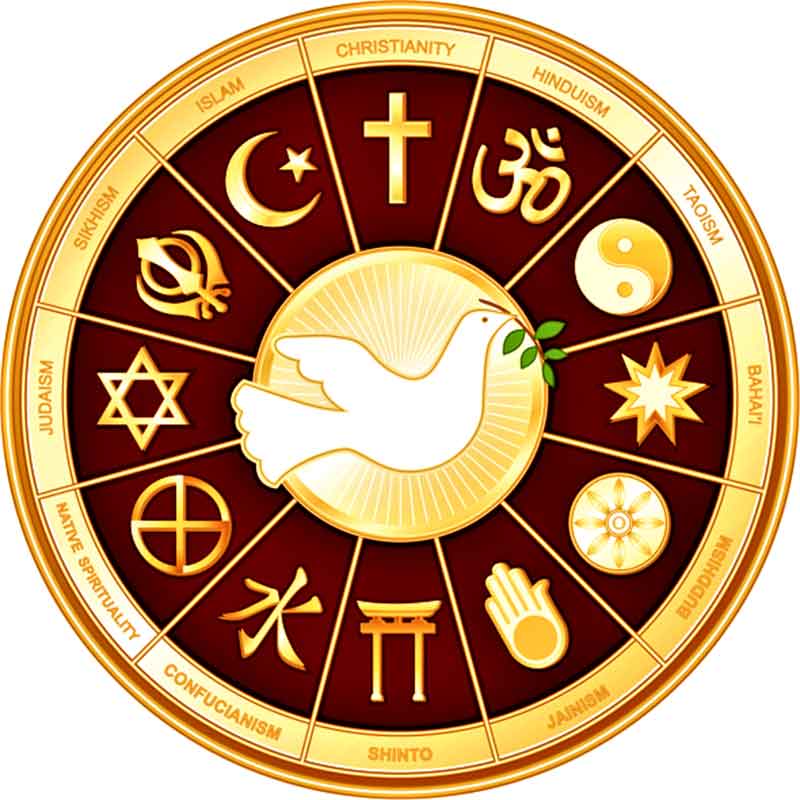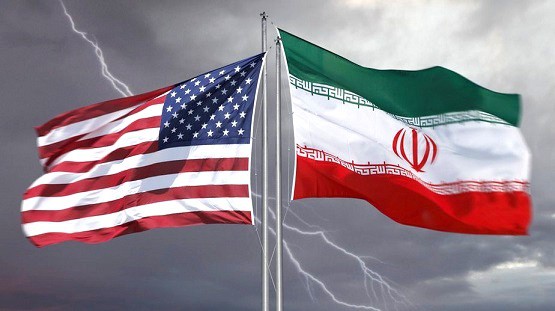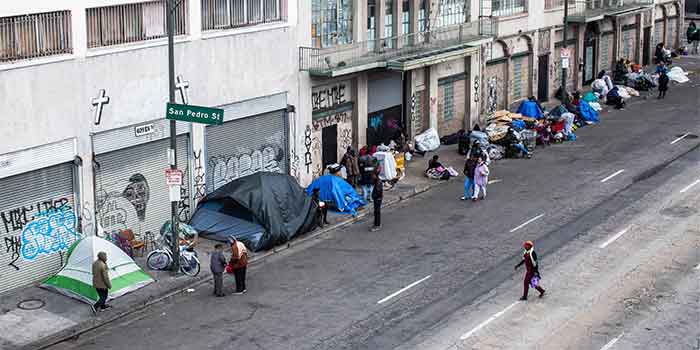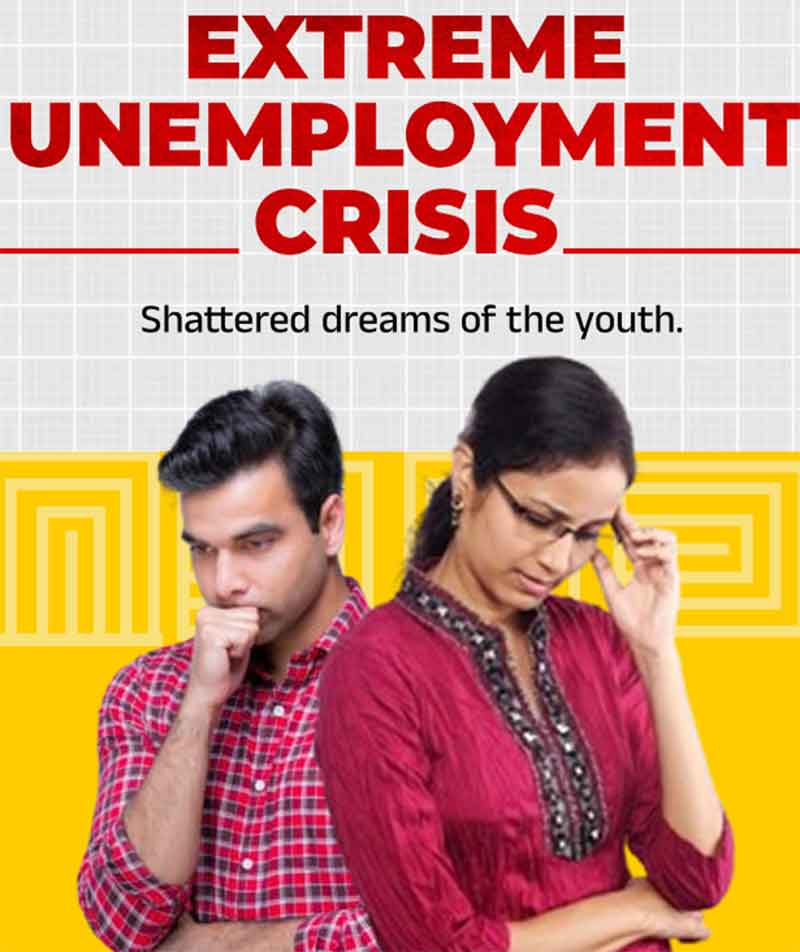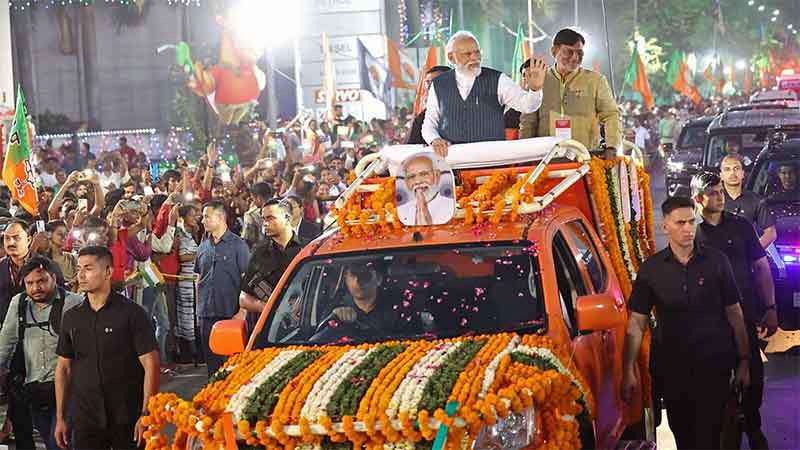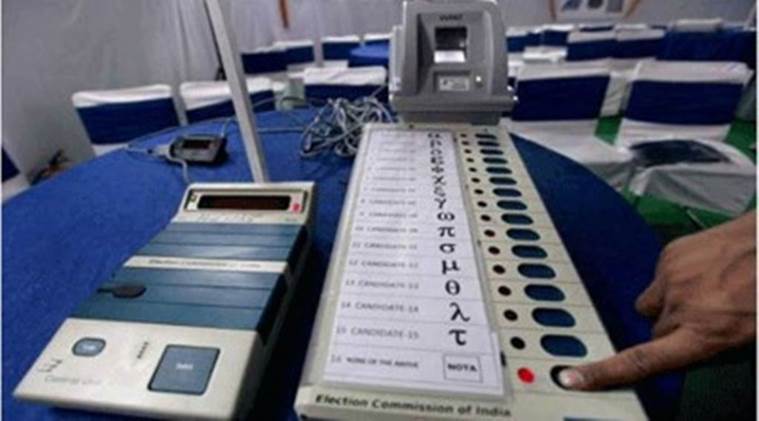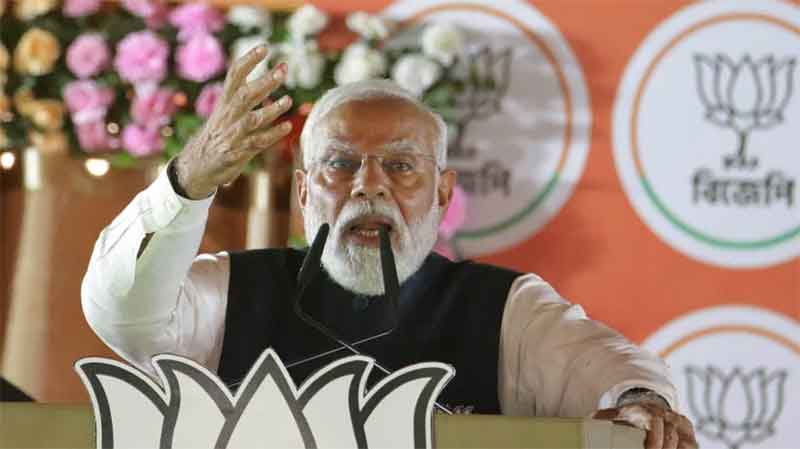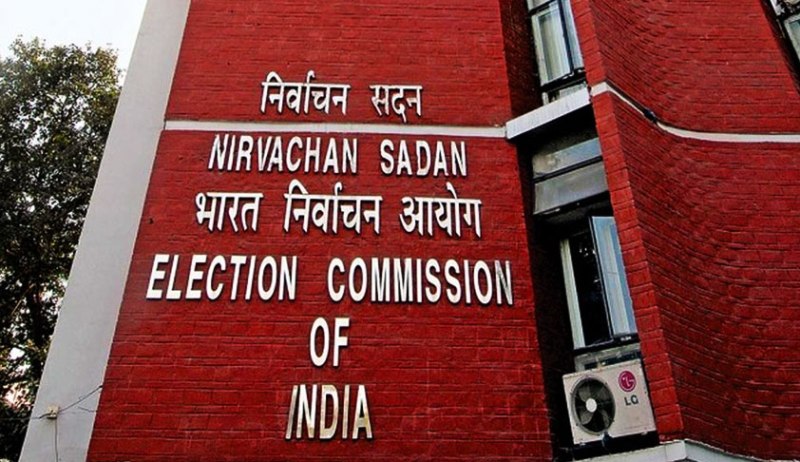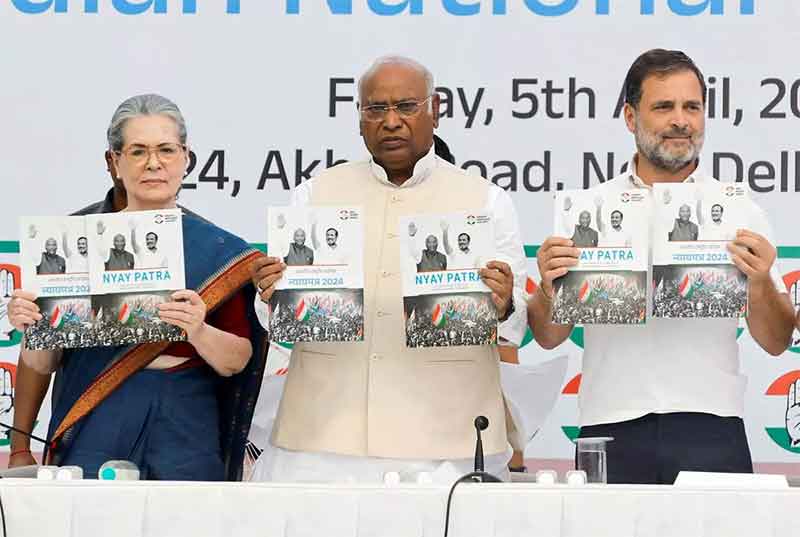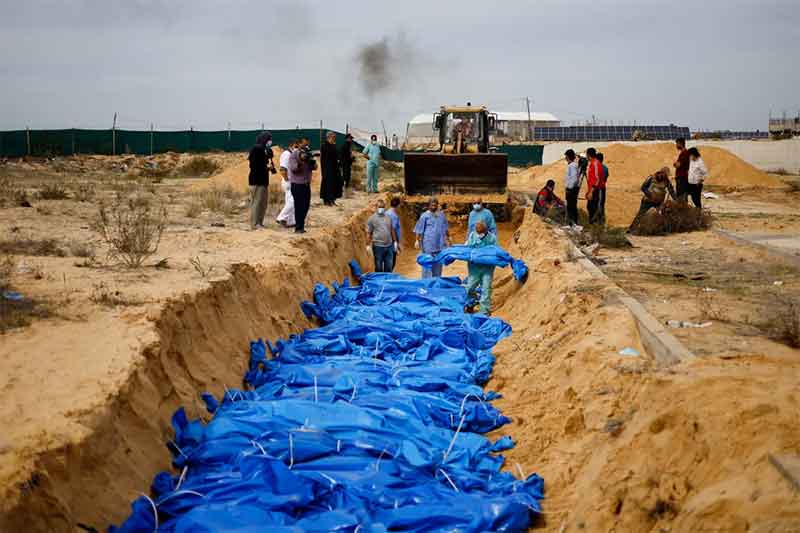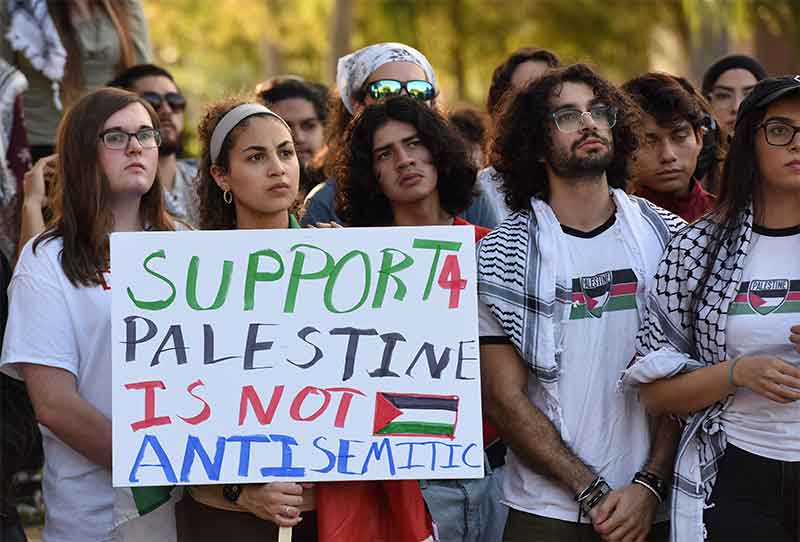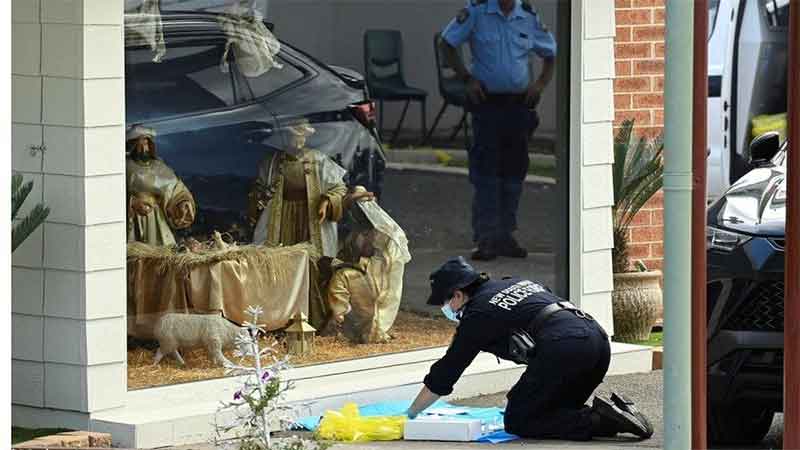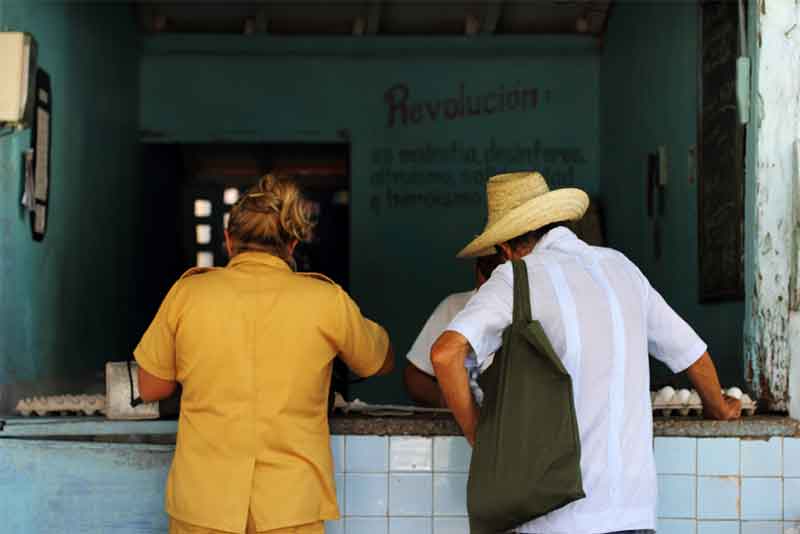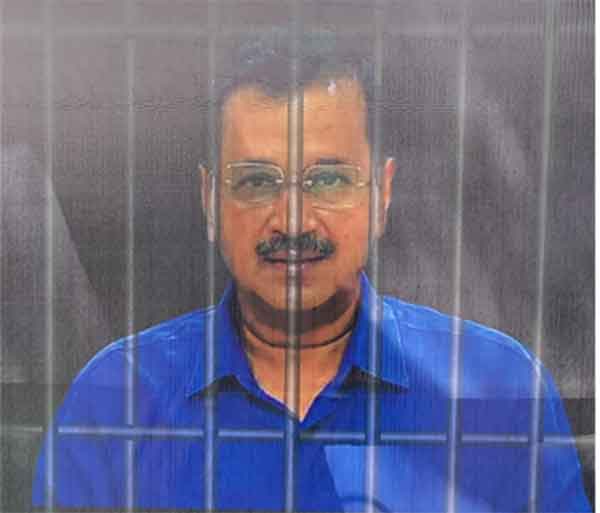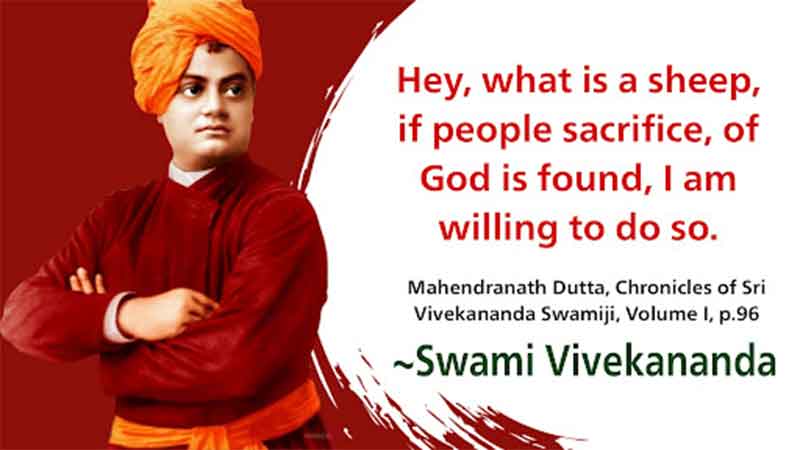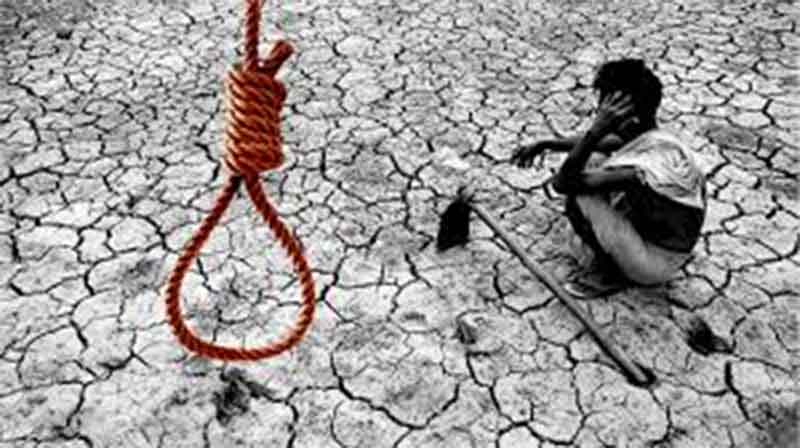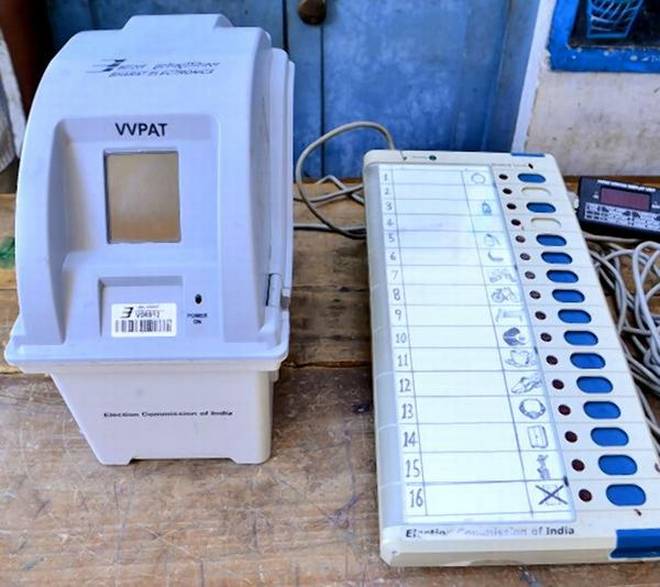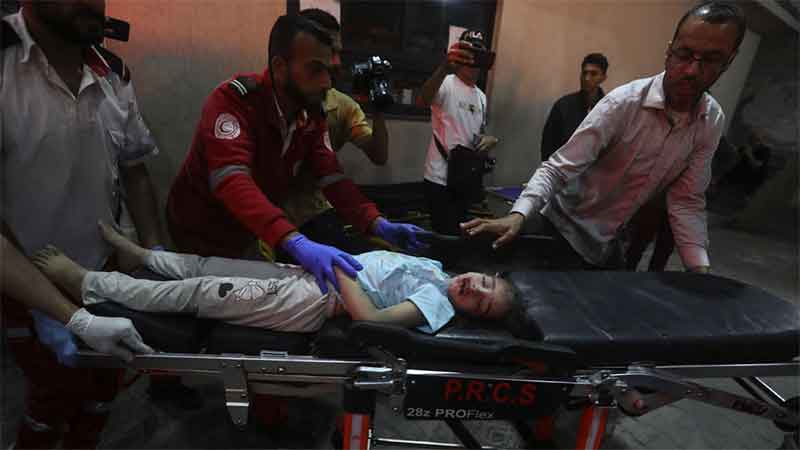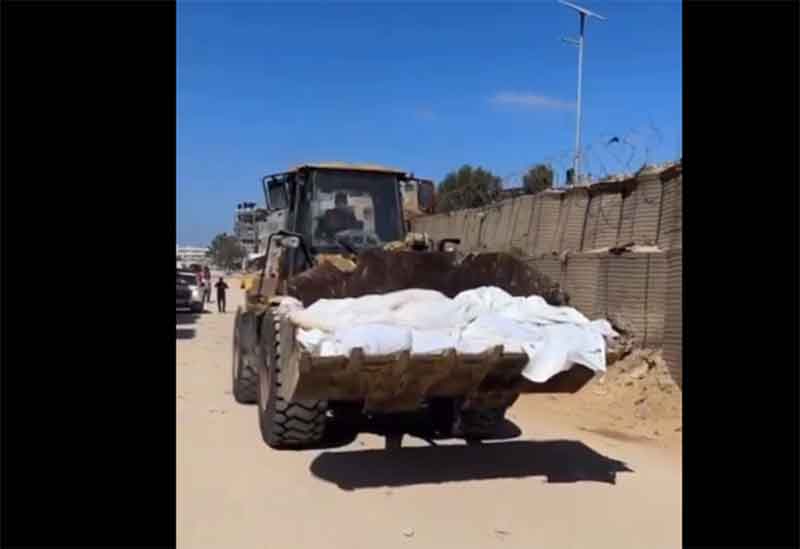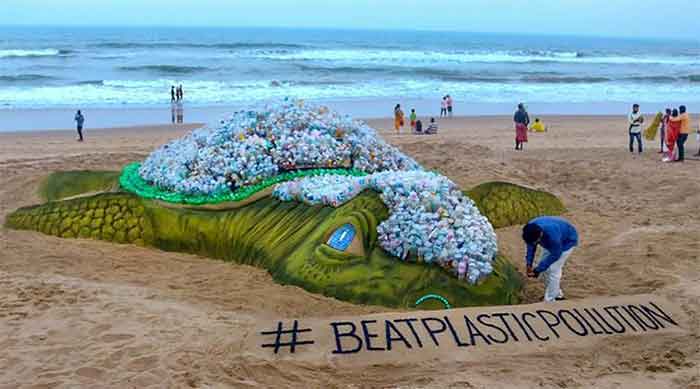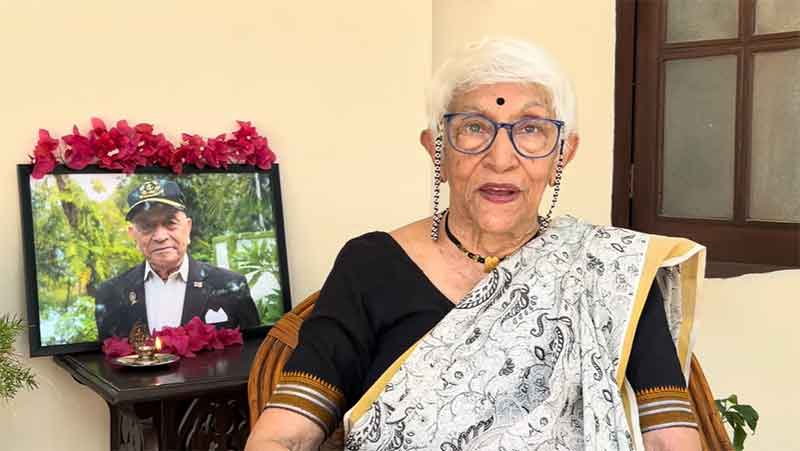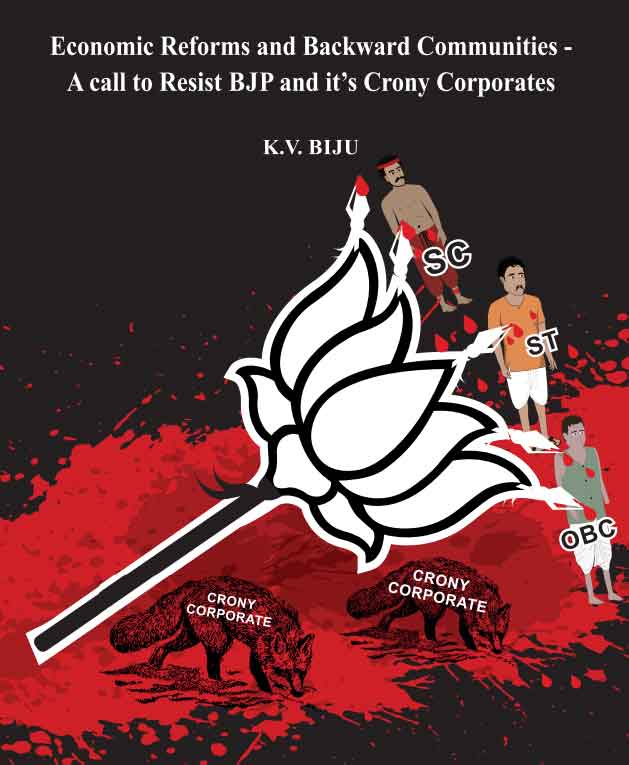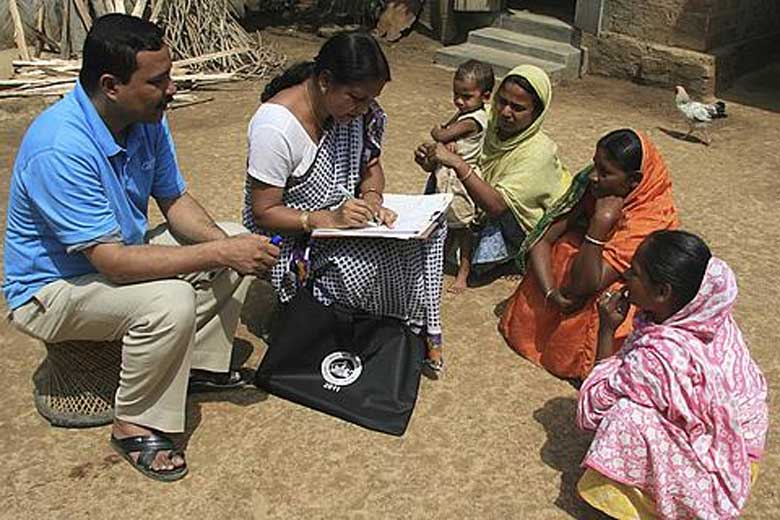
The Central government’s decision to conduct a socio-economic caste census (SECC) was a ray of hope for many marginalised classes, especially for Other Backward Classes (OBCs) as it is the most populous among them. This work was completed about two years ago and it is being released in dribs and drabs. So the main question over which we have to think a lot is about why the Central government seems to be reluctant to release the caste part of it.
Many OBC politicians have been demanding the release of these data. They believe that the time for Mandal 3 has arrived. This means that more will demand for more and more reservations and quotas in education and government jobs. Many also believe that SECC 2011 will show a higher proportion of OBCs in the total population. And thuis claim seems to be trues since population tends to grow faster at the bottom end of the economic pyramid. So there is a fair chance that the OBC population will show a smart rise SECC 2011.
Suppose you know a person’s caste and socio-economic status. It could potentially give reformers the amunition to include cutoff for excluding people from all castes from receiving welfare benefits but that requires political gumption which no politician these days has in suficient quantities. Hence Mandal 3 is the more likely outcome.
A Welfare State always believes in providing better governance and sustained economic growth to bridge the social gap among people, but this has not yet been done in the case of India even after 70 years of independence. So the state has one and only one option to bridge the social gap and deliver due justice to weaker sections, namely providing proprtional reservations to these sections in the society. The SCs and STs are already enjoying proportional representation in educational and jobs, but the larger section of population, i.e., OBCs do not, as of yet, enjoy the same. Now it is time ripe for the government to extend proportional reservation to them after assessing their actual share in the total population.
The condition of this community on various socio-economic indicators is not good. For example, the percentage of graduates in upper castes is four to five times higher than that of other communities in rural India. Coming to urban india, real inequalities begin to surface. The SCs, the STs, the OBCs and Muslims are way behind the forward castes and communities with a quarter and more of their population being graduates. Another way of looking at it is that SCs, the STs, the OBCs and Muslims are always below the national average while the other communities especially Hindu upper castes, are well above the average in both rural and urban India.
It should be emphasised that these data refer to all graduates from all kinds of institutions countrywide. If we were to look at elite professional institutions, the relative dominance of upper castes and forward communities is likely to be much stronger. Since such institutions refuse to publish the data, it is very difficult to prove or disprove such claims.
If educational opportunities were truly equalised, the upper castes’ share in profesional education could be roughly in proportion to their population share, that is between one fourth and one third. This could not only be roughly one third of their present strength in higher education, but also much less than fifty percent, that they are assured of after implementation of OBC reservations, in the current model.
In spite of these 27 percent reservation in jobs, only less than 12 percent are actually found occupying government jobs. In some departments, only 6.67% of OBCs have been given employment under the 27% scheme.
Keeping in view the political consequences, the findings of the caste census conducted by the central government between 2011 and 2014 is most important. A careful analysis of data suggests that the OBCs will make 66.48% of the population. Demands for releasing this date from OBC politicians shall not be sufficient. During Bihar Assembly Elections, multiple party chiefs demanded the release of this data and have profited from the political mileage created out of it. After the elections, no strong demand has been seen on the part of any.
The OBC community need to be aware of the intentions of the current government. They ought to give due justice to the masses which is vital for the functioning of a democratic polityand also for establishing a socially just society. The Central government has to understand its duty and should release the data for the wider interest of the country. Releasing the census data shall be not only in the interest of the backward classes but of the nation as a whole, because it could be very useful in policy formulations.
The SECC data should not be put into cold storage. The release of the data is expected to make significant changes not only in the politics of the country but also in the unjust measures of policy formulations established for long, especially for the OBC community, which is expected to witness a revlution from within. And this is the right time for political organisations anmd others to come forward and make collective effort to get our due justice. And I hope that we are capable enough to successfully acheve this done.
TATA.SIVAIAH, president, Mahatma Jyotirao Phule & Krantijyoti Savitribai Phule Educational Circle, Hyderabad Central University

